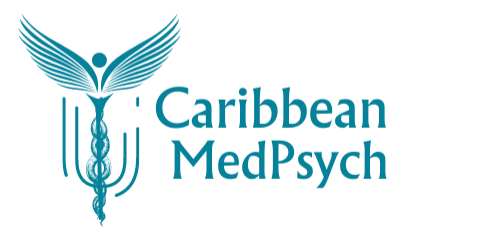A Guide to Understanding the Subtypes of ADHD
Attention-Deficit/Hyperactivity Disorder (ADHD) is a common neurodevelopmental disorder that affects children and adults alike.

Understanding the different subtypes of ADHD can help parents and teachers better support those who struggle with ADHD symptoms. Let's dive into the three main subtypes of ADHD.
Predominantly Inattentive Presentation
Individuals with the Predominantly Inattentive Presentation of ADHD often struggle with maintaining focus and staying organized. This subtype is sometimes referred to as ADD (Attention Deficit Disorder), though this term is less commonly used today.
Common Symptoms:
- Difficulty sustaining attention in tasks or play activities.
- Often seems not to listen when spoken to directly.
- Frequently loses items necessary for tasks and activities (e.g., toys, school assignments).
- Easily distracted by extraneous stimuli.
- Forgetfulness in daily activities.
Example: Meet Emily, a 10-year-old student who often daydreams during class. Despite being bright, she frequently forgets to turn in her homework and loses her school supplies. Emily's teachers notice that she struggles to follow multi-step instructions and often appears to be "in her own world."
Predominantly Hyperactive-Impulsive Presentation
This subtype is characterized by excessive fidgeting, restlessness, and impulsive behavior. Children with this presentation are often described as "always on the go."
Common Symptoms:
- Fidgeting with hands or feet, or squirming in their seat.
- Difficulty remaining seated when expected to do so.
- Running or climbing in inappropriate situations.
- Inability to play or engage in activities quietly.
- Interrupting or intruding on others' conversations or games.
Example: Jake, a 7-year-old boy, can't sit still during story time at school. He often blurts out answers before the teacher finishes asking questions and has a hard time waiting his turn during games. Jake's parents notice that he frequently acts without thinking, such as darting into the street without looking for cars.
Combined Presentation
The Combined Presentation is the most common subtype and includes symptoms of both inattention and hyperactivity-impulsivity.
Common Symptoms:
- Exhibits symptoms of both inattentive and hyperactive-impulsive presentations.
- Difficulty sustaining attention and organizing tasks.
- Excessive talking and difficulty waiting for their turn.
- Easily distracted and forgetful in daily activities.
Example: Liam, an 8-year-old, shows signs of both inattention and hyperactivity. He struggles to focus on his schoolwork and often forgets his assignments. At the same time, he is always moving, talking excessively, and interrupting others.
Why Understanding Subtypes Matters
Recognizing the subtype of ADHD can lead to more targeted and effective interventions.
If you suspect that your child or student may have ADHD, consult a healthcare professional for a comprehensive evaluation and personalized treatment plan. Early intervention can make a significant difference in managing symptoms and improving quality of life.
For more information on ADHD and its subtypes, feel free to contact us for a consultation.
Our Recent Posts



